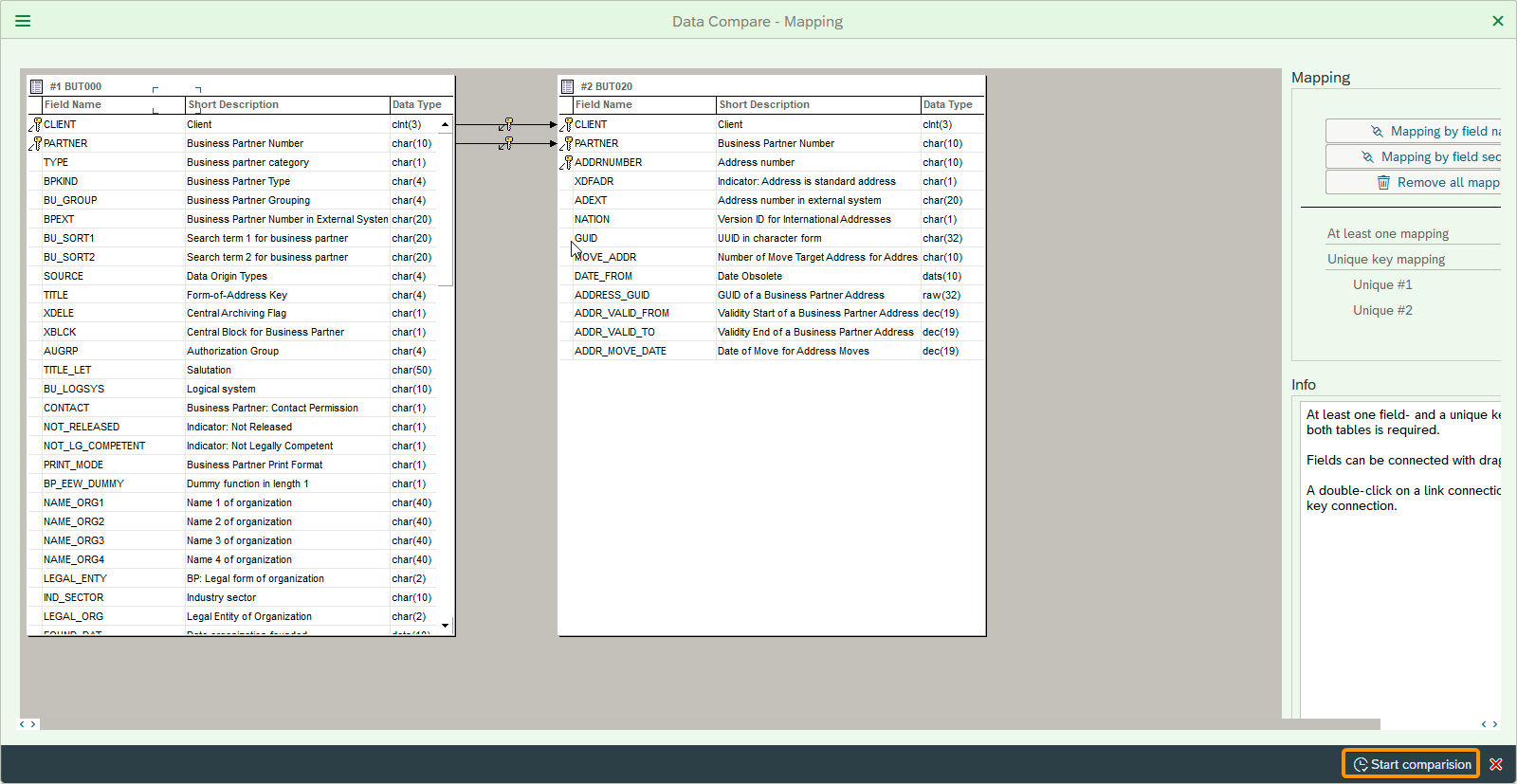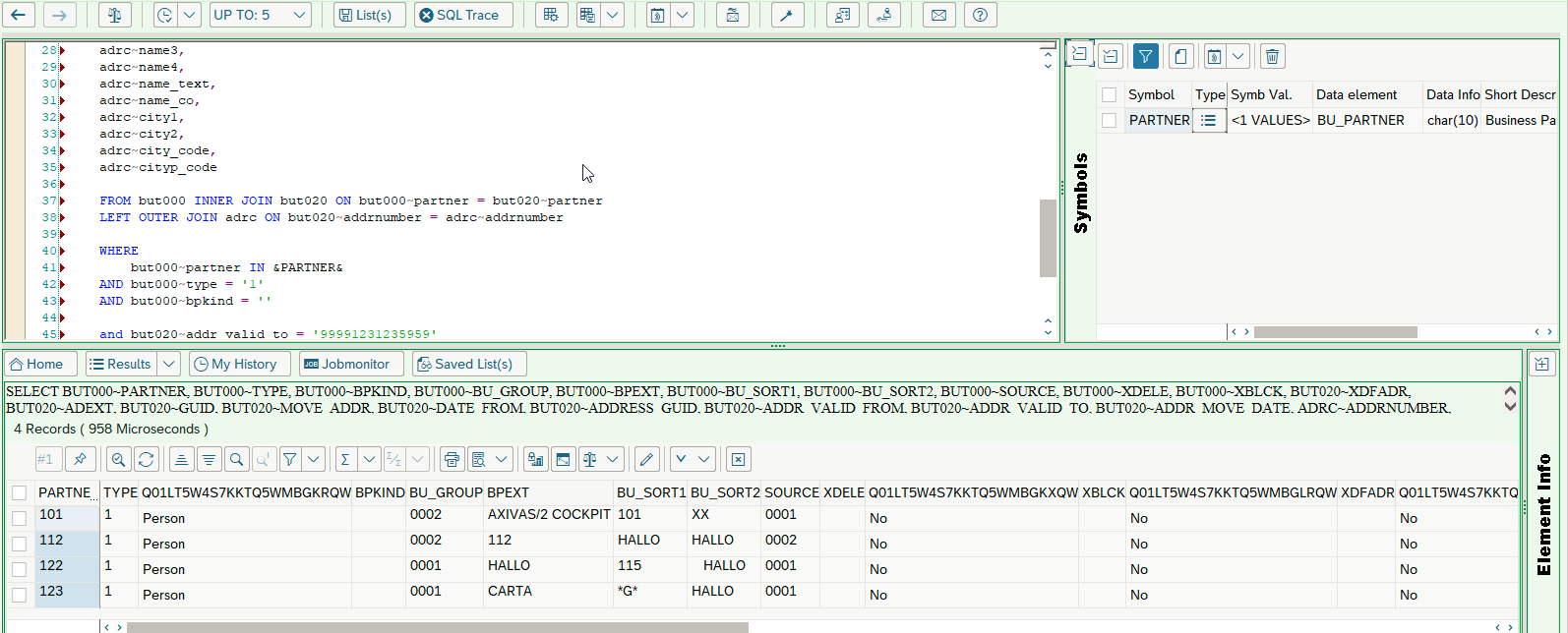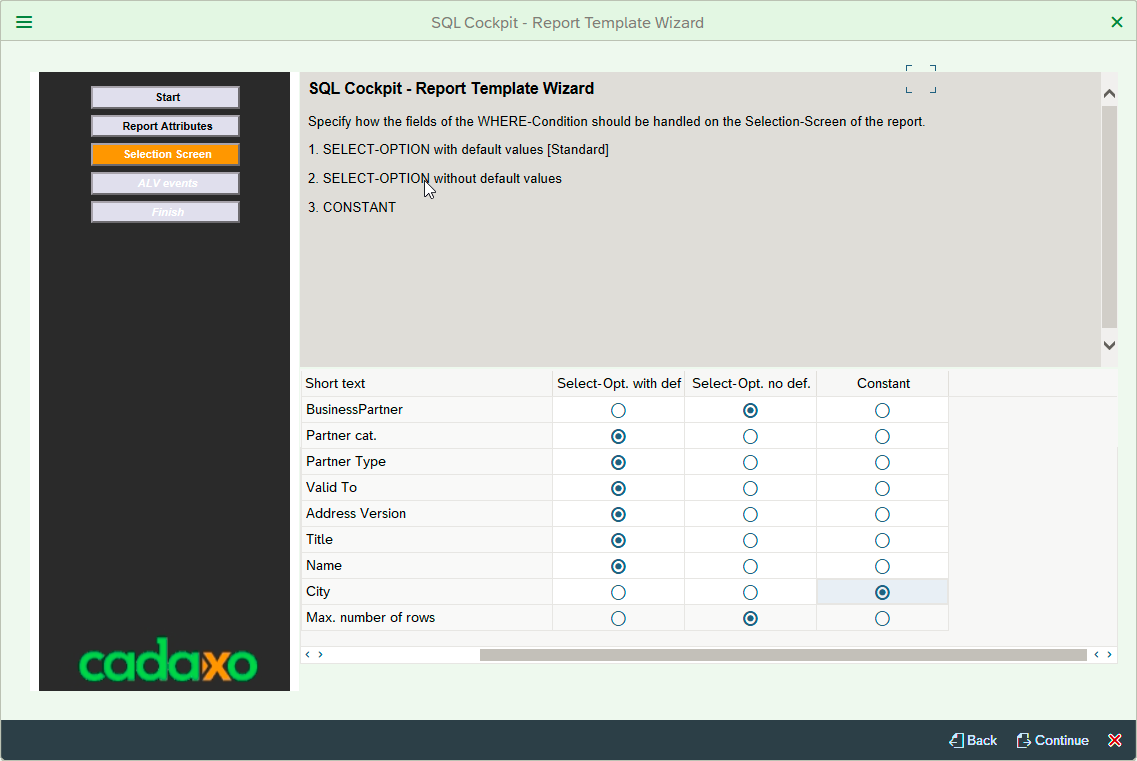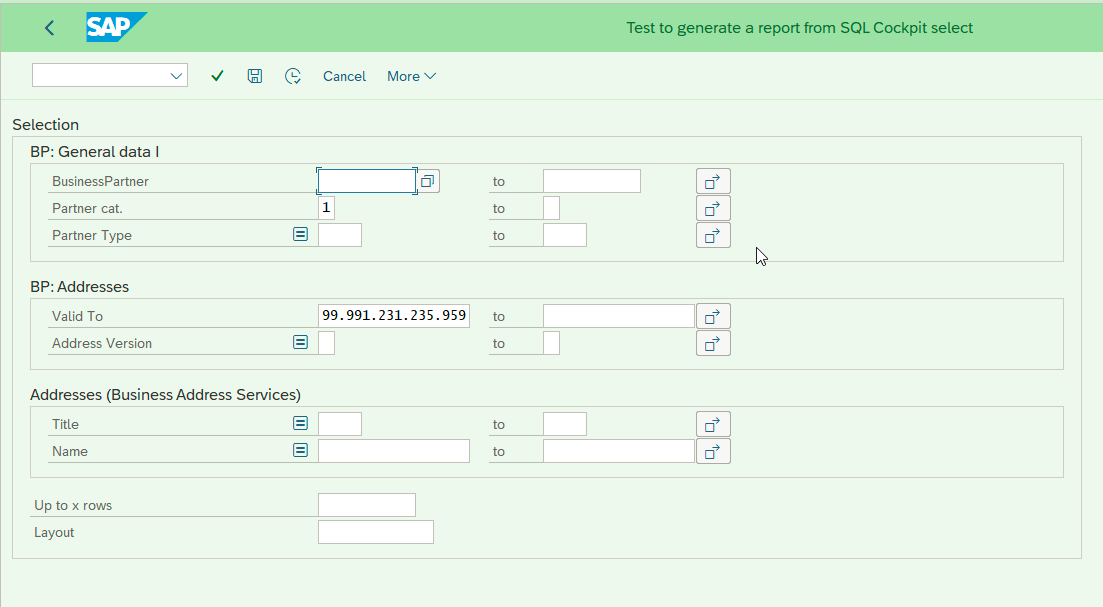SAP Connection Config
Dox42 Data source to map SAP data requires the following SAP system connection details

While it is possible to manually enter the values of SAP system parameters, this approach has following shortcomings:
- Developers need to enter or update application server and login details every time a template is used, moved, tested, updated etc. in the different systems
- This information needs to be maintained separately in every data map
Best Practice solution:
Maintain a separate excel file (e.g., config.xls) containing these details and add it as a separate data map of type ‚excel‘ as shown below:

Maintain a filter to dynamically pick correct system connection mapping from the excel file based on I_LOGICAL_SYSTEM as an input parameter:

This file can be used to populate Connection details in all SAP data maps as illustrated below:

Whenever there is a change in system settings or if we want use powerdoc template in a new SAP system, editing this config file is sufficient (rather than individual maintainance in the connection tab of each SAP data source for every data map)!
Data Mapping Limitations and Tabular Data Mapping
DOX42 data maps can handle only one structure or a table as a return data container (within which it is possible to specify field names, identical to the names used in the SAP source)
To print tabular data,
1. Create + map table parameter in the RFC to a data source as illustrated below

2. use „Repeat for Data Source“ option in the Automate Range wizard

Alignment for Multi-line Output
Use the insert frame feature as shown below, if you want to print a text (e.g. notes) that can overflow to the next line and if you need to maintain alignment (i.e. if you want to print line 2 below directly below line 1 while maintaining horizantal alignment)

As shown in thescreenshot below, the output data is printed on the multiple lines and text alignment is maintained (i.e. second line starts below the first line)

If you have any further questions about DOX42-SAP integration, feel free to email us :

















